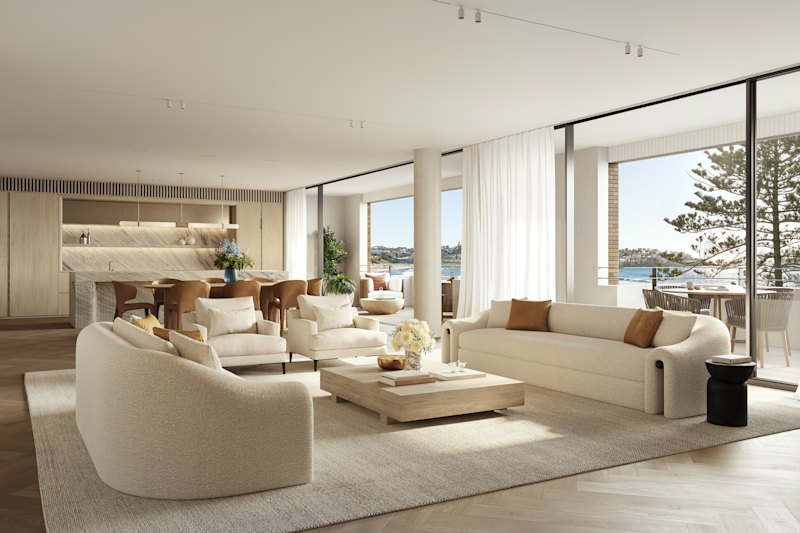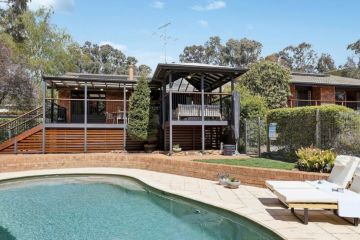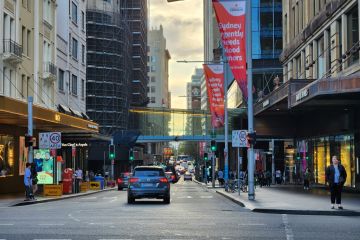Revealed: Winners of the Australian Institute of Architects National Awards 2020
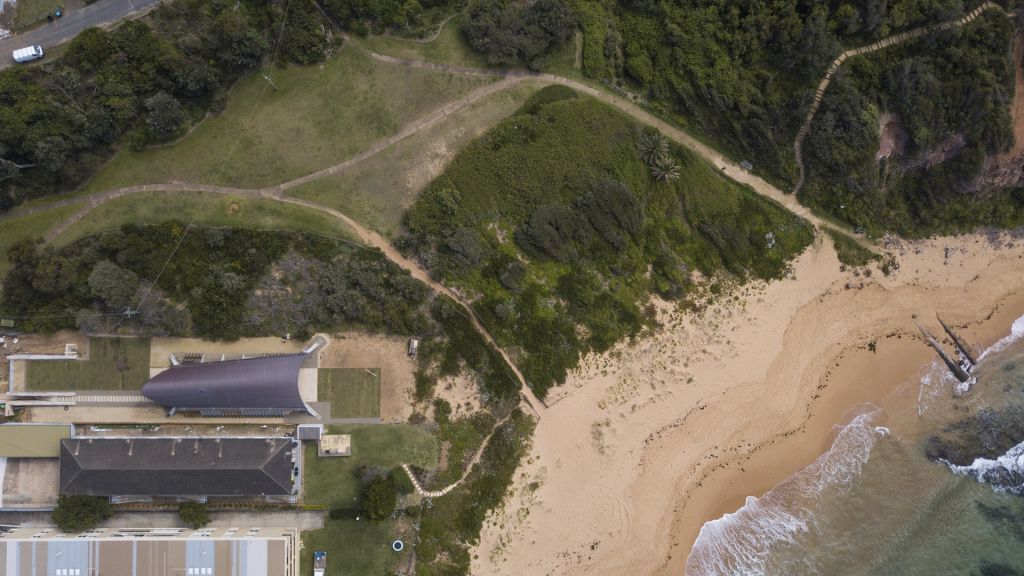
The award most of our top-ranked architects covet in the annual peak national architectural competition is for the best new house. It’s named for the giant of the Australian lineage, Robin Boyd.
And, Boyd would undoubtedly approve the projects authored by the joint winners of the Houses New accolade this year.
Both are acknowledged masters, and both have designed homes that accord with Boyd’s philosophy in being functional, unfussy but fabulously responsive to their context.
Sited in the primary dunes above Mona Vale’s part of the Pacific coast, Peter Stutchbury Architecture’s copper-roofed Basin Beach House has a draped apex form that the jury of the Australian Institute of Architects National Awards compared to “a low slung tent”.
Splayed and anchored by solid buttresses of concrete, the interiors are simple but “meticulous” said the jury, adding that the “raw, elemental” building by an architect who likes things that way, “is a mastery of understatement, elegance and of delight”.
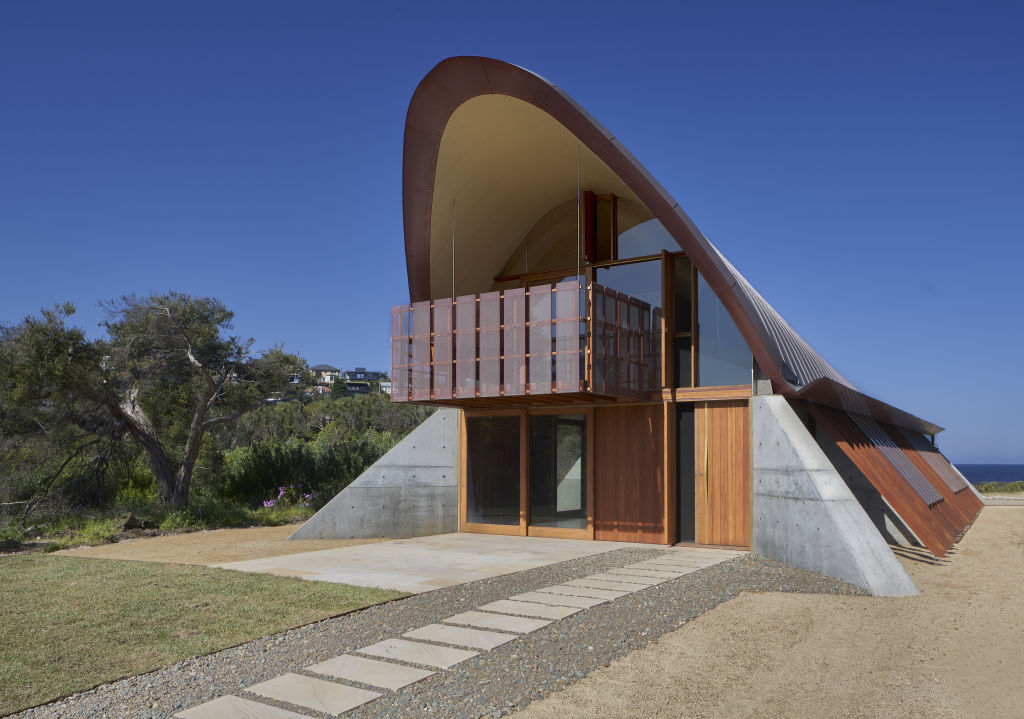
Also a NSW project but this one by Melbourne’s Kerstin Thompson Architects, the other joint winner is in Albury and in a bush environment which, said the jury, “makes it rural in sentiment”.
East St House is compact and on a stepped concrete floor plate. Yet using the clear modernist lines and providing many ways to open different areas to each other, or to the outdoors, it is a warm, restful, malleable home. “A house for all seasons.”
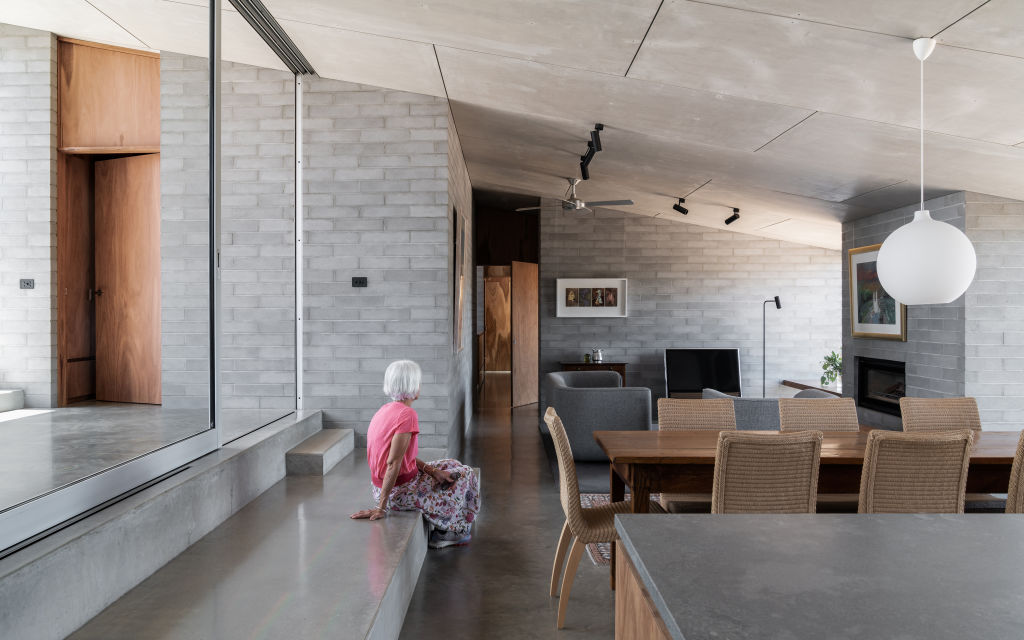
The other award winner in the category is Chenchow Little’s four-bedroom Glebe House. The jury decided this celebration of curvatures makes it “simply a delight” on a tight, Sydney harbourside site.
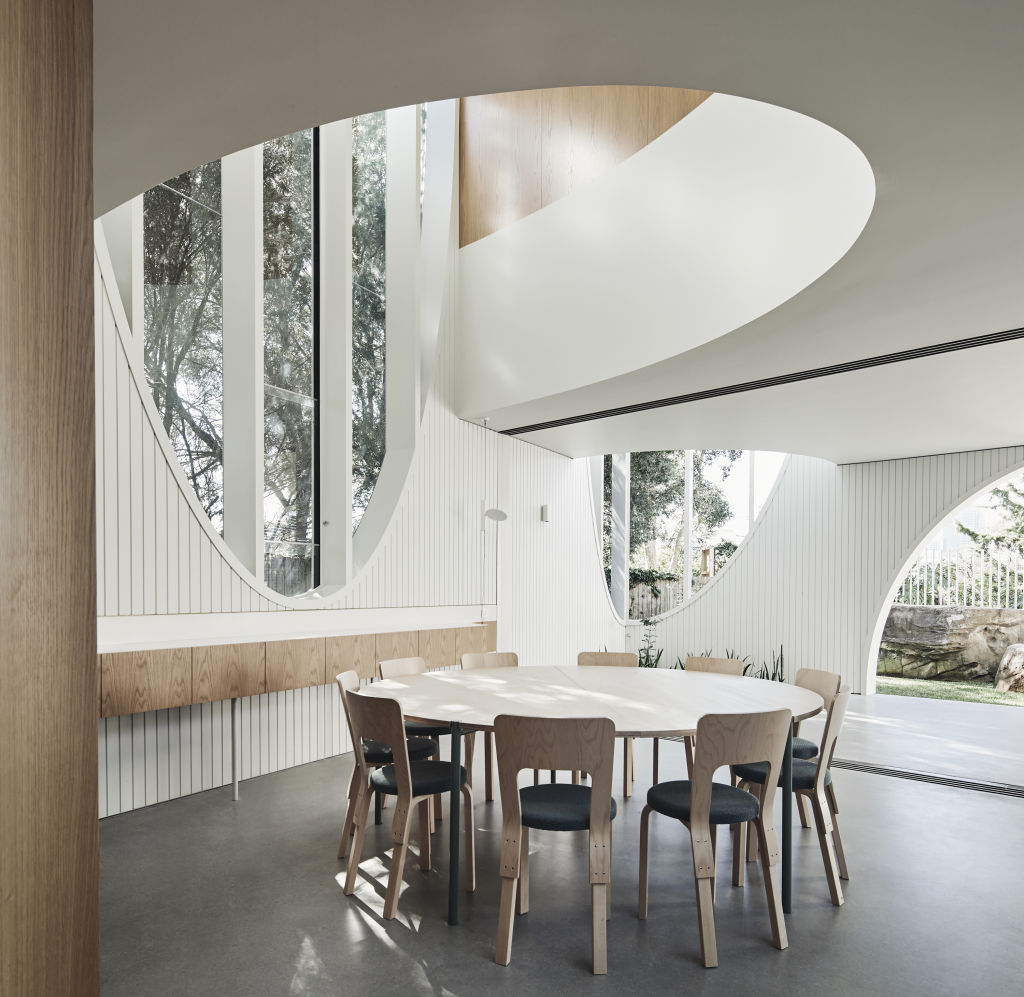
In an awards presentation that by the necessities of COVID-19 was held virtually on Thursday night, Chenchow Little gained a second and this time main name award in the Residential Alterations and Additions category.
Again using sinuous form making, the Sydney practice liberated an 1840s sandstone cottage from unsympathetic add-ons and then extended it with an enwrapping, intriguing, compact dwelling that won the Eleanor Cullis-Hill Award.
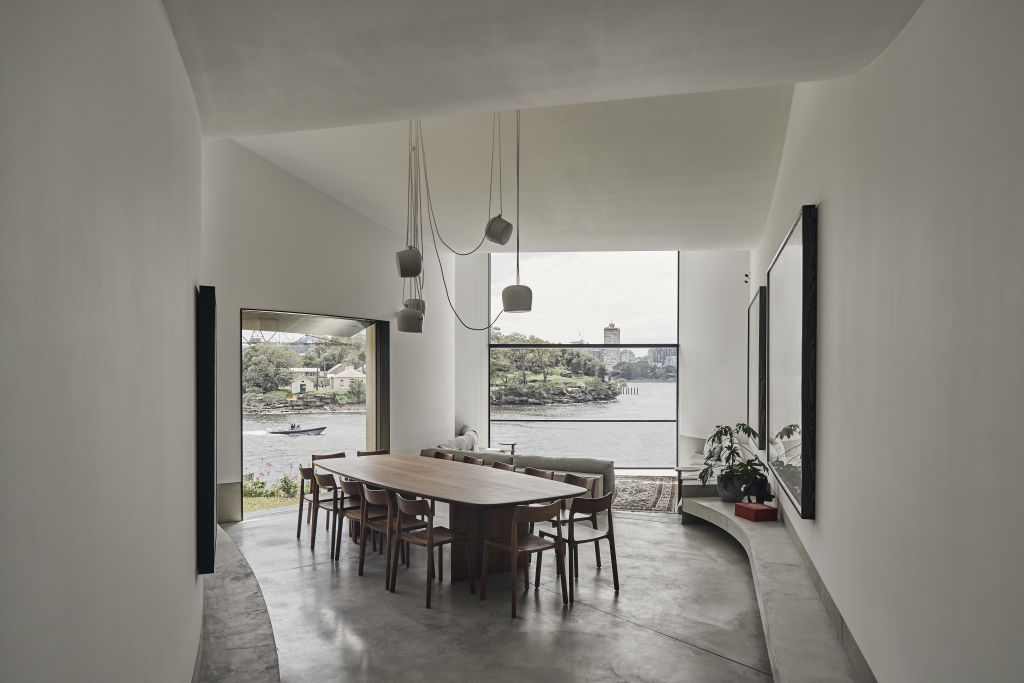
In the 14 categories covered in a shortlist that culled 76 projects from around Australia that had already won in their 2020 state chapter awards, the Enduring Architecture Award is always a sentimental favourite, and this year’s winner was no exception. It has been an exceptional house for 50 years.
In the early 1970s, Sydney’s maverick Richard Leplastrier placed a small building with rammed earth walls and (for the time) an almost preposterous indoor/outdoor porosity onto a Northern Beaches block.
Revealing a Japanese influence and greenly over-mantled by plantings, Palm Garden House, said the jury, still stands as “an absolute immersion in landscape”.
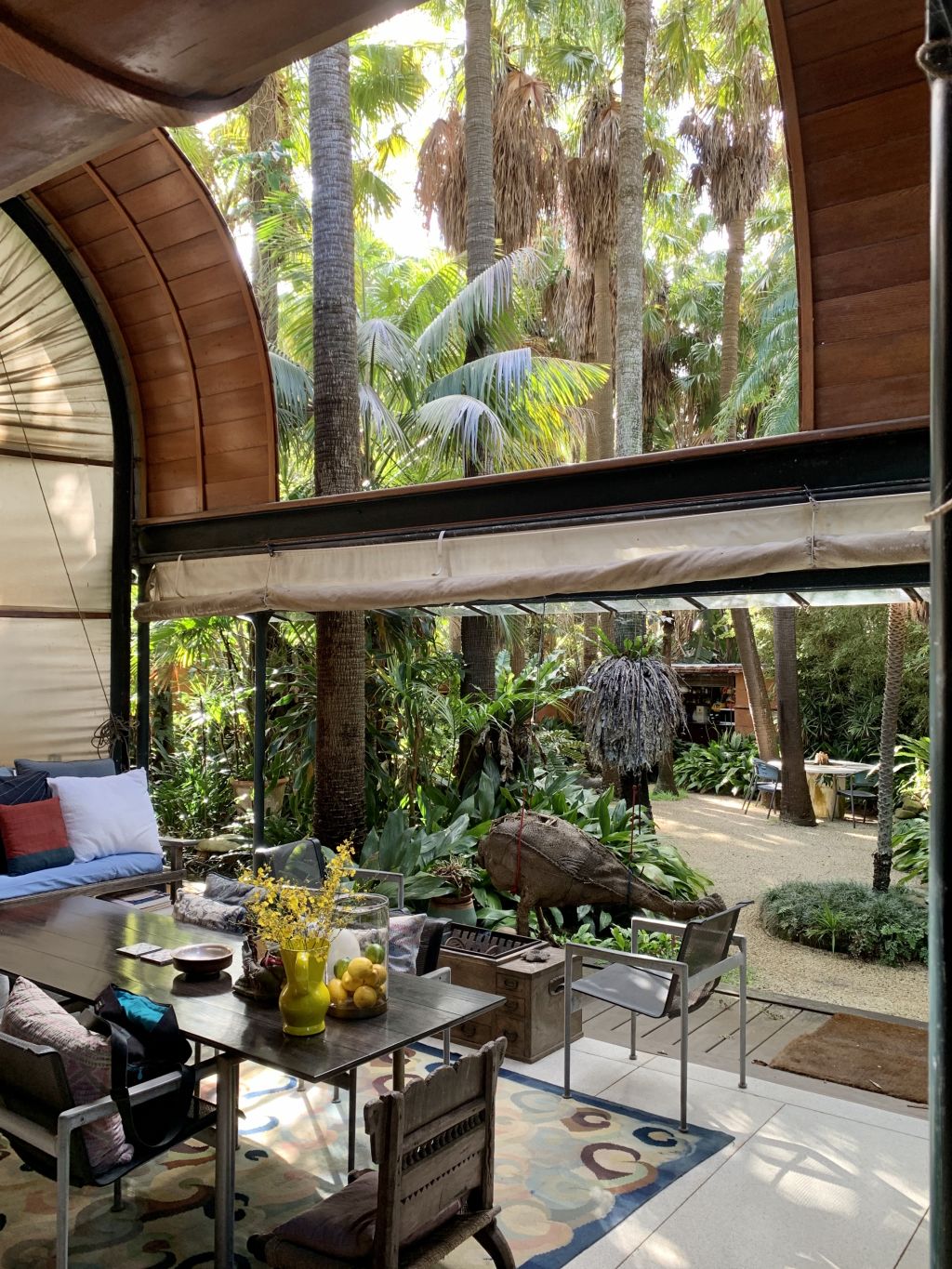
Still standing too, and both located in Tasmania where a great percentage of our historic building stock survives, are the joint winners of the Lachlan Macquarie Award for Heritage.
Incredibly built in 1827, and probably by convict labour, the restrained hand of Core Collective Architects in collaboration with a style-savvy client, has magnificently reprised the irreplaceable atmospheres of the Georgian homestead mansion, Hollow Tree House in the Central Highlands.
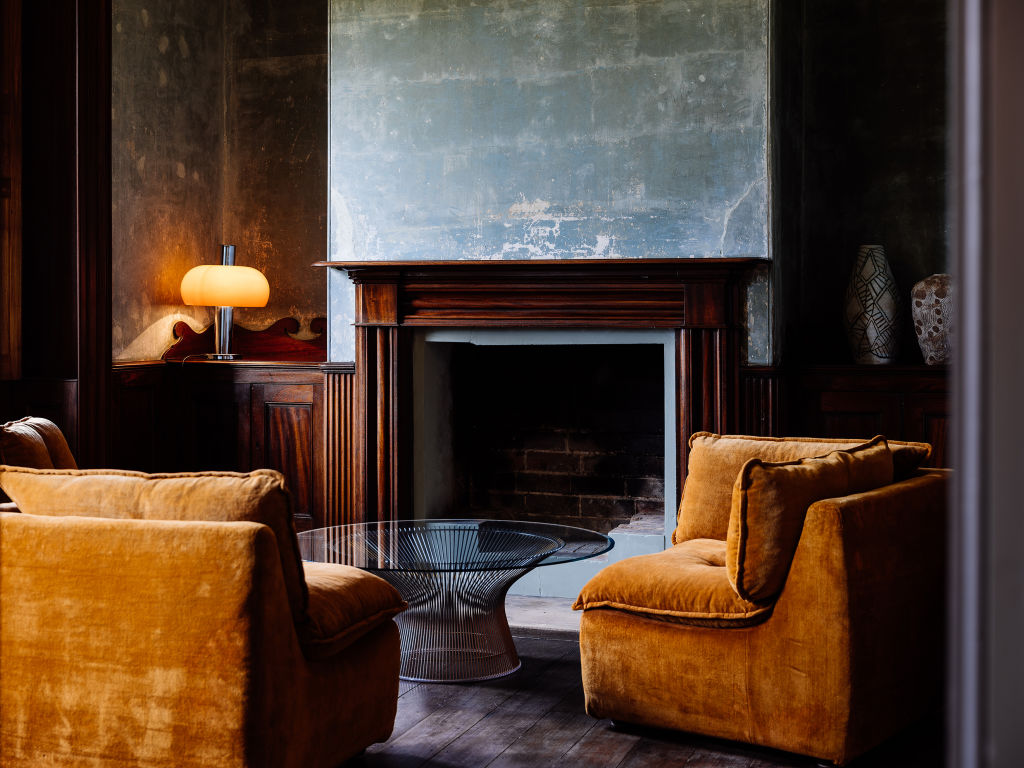
At Oaklands, north of Hobart, Taylor+Hinds brought, according to the jury “an inspired approach to a modest structure” in shoring up the four-room Bozen’s Cottage into a delightful and comfortable getaway for its owners.
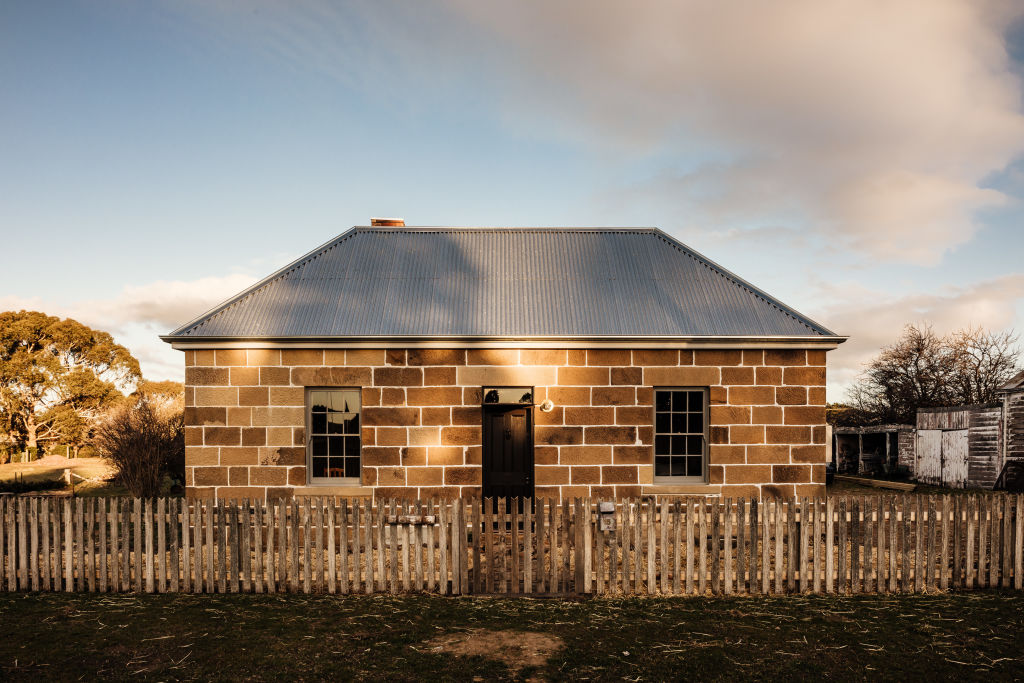
In the Frederick Romberg Award for Residential Multiple, and on a small triangular site at Sydney’s Marrickville, the jury decided that Hill Thalis Architecture and Urban Projects had achieved “dignity and amenity in an affordable housing project and in a bold urban form”.
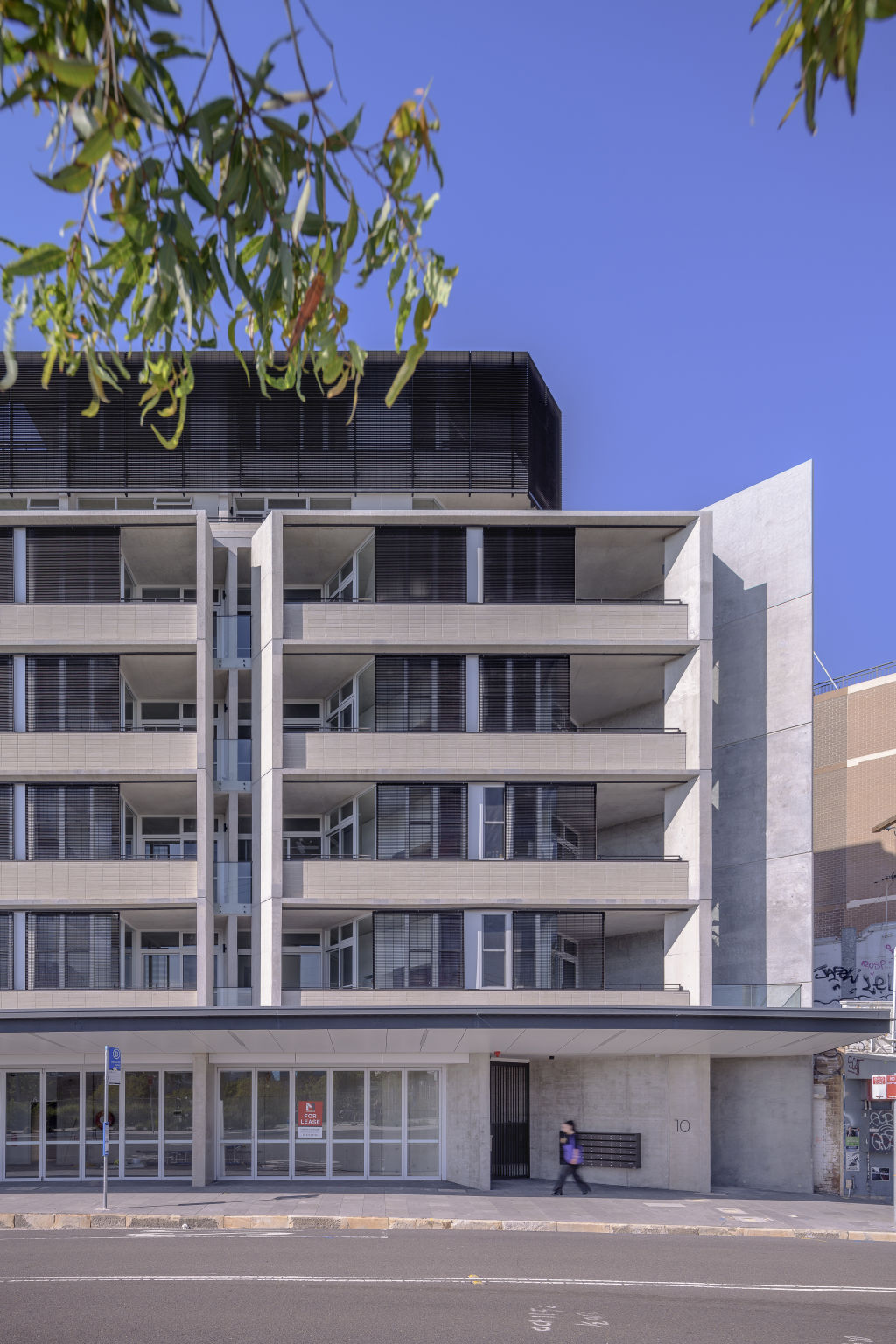
The main Interiors Awards can, of course, go to any worthy project, commercial, private or public. This year, for gently recalibrating a Surry Hills brick warehouse that has already been architect designed in the 1990s, Virginia Kerridge Architect won a national award for her work on the Grant Pirrie House.
All the winners were created before the pandemic affected clients and commissions. From here on in, the strangeness of COVID conditions will affect new projects, which means it will be interesting to watch this space this time next year to see what the profession has made of such unexpected influences of change.
We thought you might like
States
Capital Cities
Capital Cities - Rentals
Popular Areas
Allhomes
More
